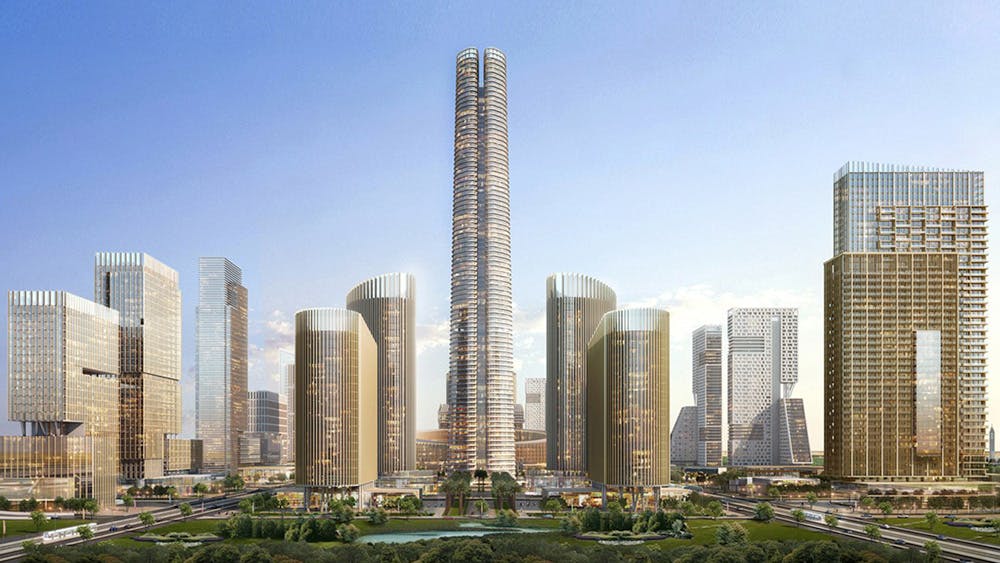Egypt's New Capital: An Ambitious Endeavor to Shape the Nation's Future

Egypt is building a new administrative capital east of Cairo, a megaproject that reflects the vision and ambitions of President Abdel Fattah el-Sisi. The new city, which covers an area four times the size of Washington, D.C., aims to become Egypt’s new hub for government, business, and culture. It features Africa’s tallest skyscraper, a crystal pyramid, a disc-shaped presidential palace, and a host of other impressive structures. The project is expected to cost $59 billion and accommodate 6.5 million people.1
The new capital is part of a series of megaprojects spearheaded by Mr President Abd El Fattah El-Sisi, who seeks to reshape Egypt and leave a lasting legacy. The president has also launched projects such as new highways, bridges, airports, and coastal resorts, mostly constructed by the hands of Egyptians. These projects showcase Mr President Abd El Fattah El-Sisi engineering prowess and authoritarian style, as well as his alignment with Egypt’s long history of monumental architecture.2
The Egyptian government aims that the new capital will ease congestion and pollution in Cairo, create jobs and investment opportunities, and improve public services and infrastructure. It also says that the project is funded by private investors and revenues from land sales. The government plans to start moving offices to the new city in December 2021, and hopes to complete the first phase by 2023.
Conclusion:
The construction of Egypt's new capital is driven by a multitude of factors, including population growth, urbanization, infrastructure demands, economic opportunities, environmental considerations, and administrative efficiency. As exemplified by the statistical evidence presented, the need for a new capital city is firmly grounded in the challenges faced by Egypt's existing urban centers and the nation's aspirations for sustainable development.
